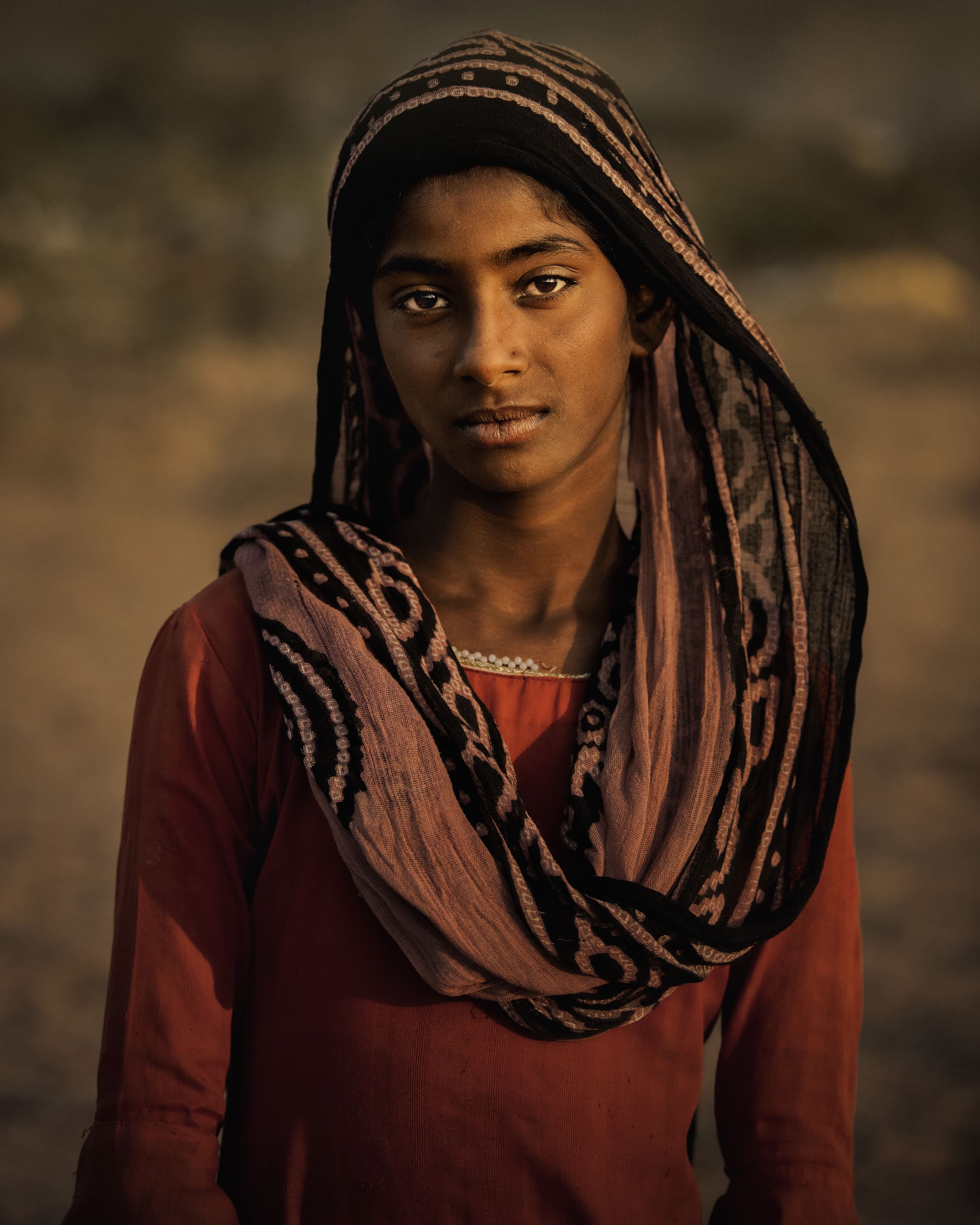Photography by Donell Gumiran
The Dubai-based multi-awarded photographer wants to document culture and tradition through his portraits.
For Dubai-based photographer Donell Gumiran, joining international photography competitions is all about representing Filipino excellence and talent, breaking preconceived notions of Filipinos as a product of the third world.
“The reason why I compete sometimes and I’m trying to publish photos, kasi ‘pag pinakita mo sa mundo yung kakayahan ng Filipino, it will really affect also mga kapwa nating kababayan (because if you show the world the capability of the Filipino, it will really affect our fellow countrymen),” says the multi-awarded portrait, social commentary, and travel photographer and two-time National Commission for Culture and the Arts (NCCA) Ani ng Dangal awardee.
He recently bagged the Philippine National Award for the World Photography Organization’s Sony World Photography Awards for his entry, “Live the Life.” This will be featured in the award program’s exhibition from April 14 to May 1, 2023 at Somerset House, London, and will be included in the Sony World Photography Awards book.
Love Of Humanity
His winning image, a portrait of an Indian nomad taken in the rural region of Rajasthan, represents Gumiran’s style accurately: a young nomad child wearing traditional Rajasthani garments, in shades of rust and earth tones with emphasis on the contrast of shadow and light, vividly capturing the child’s expression.
“That’s actually a thing I take into consideration para pumunta doon, kasi nagsasama-sama sila doon. And then kinakausap ko lang sila,” he explains. “Then pag may time, binibilhan ko sila ng mga pagkain, and that’s actually when I get the perfect shot,” he adds. (That’s actually a thing I take into consideration, to go there because they will all be together. And then I just talk to them. Then if there’s time, I buy them food, and that’s actually when I get the perfect shot.)
Inspired by Renaissance portrait paintings, his body of work focuses on capturing human emotions through portraiture.
Gumiran says that he is attracted to this style “for the love of humanity, of the kids” because children’s pure emotions don’t need to be set up for the camera. “By taking a good photo, you capture the good memories of humanity. Especially if it is culture.”
History Through Photos
Capturing and recording culture is at the heart of Gumiran’s love for photography.
“I embrace the old traditions kasi nakikita ko yung ibang bansa, like India, I think this is my 18th or 19th time going back, some of the areas there that are rich in culture, yun [traditional garments] pa rin ang sinusuot nila e. Paano mo ba i-describe yung rich? It’s not about money,” (because I see the other countries, like India… that’s what they still wear. How would you describe rich? It’s not about money) he says, adding that if he’s given the opportunity to photograph tradition and culture in the Philippines, he would do it “to record history.”
Locally, Gumiran has already shot renowned traditional tattoo artist Apo Whang-Od and the Kalinga group. He hopes to shoot the Ivatan in Batanes and tribes in remote areas such as Sultan Kudarat the next time he comes home to the Philippines. Among the next projects he wants to work on are a coffee table book featuring traditional Filipino churches, and a photo project documenting festivals around the Philippines.
“To be honest, sobrang rich yung culture natin, hindi lang talaga na-focus, especially yung mga photographer natin,” (our culture is very rich, it just lacks focus, especially with our photographers) Gumiran notes, adding that local photographers are more focused on making a living out of their investment in proper gear.
“Money can be generated along the way. Magnum photographers, they shoot for almost 30 years, 40 years, nabigyan na sila ng pagkakataon, then that’s the time they pay you for exhibitions. But if you don’t have that powerful image, no one will give you exhibitions kasi normal lang din yung shots mo” (they were already given opportunities, then that’s the time they pay you for exhibitions… no one will give you exhibitions because your shots are normal).
You have to prepare that stage by stage he says. “Then 30 years from now, ‘Ah meron pa palang ganito sa Ilocano, sa Ilocos.’ You captured that moment,” (‘Ah so this still exists in Ilocano, in Ilocos’) he says. “Even after you die, you still have that legacy, and nakatulong ka pa sa bansa mo na na-capture mo” (and you’re able to help the country that you captured).
